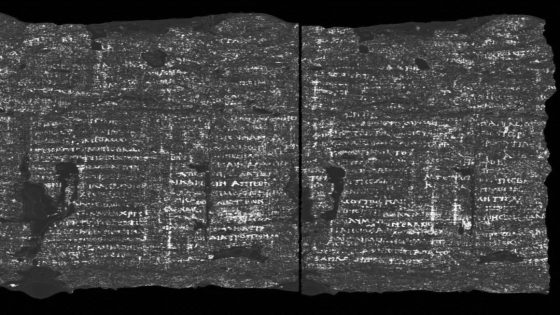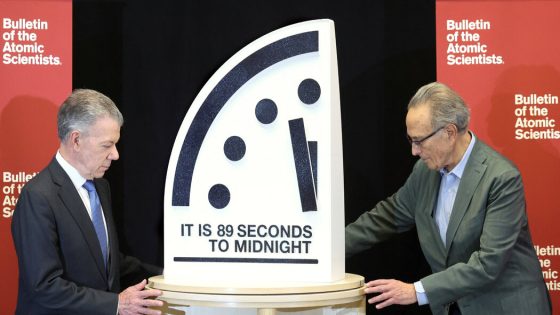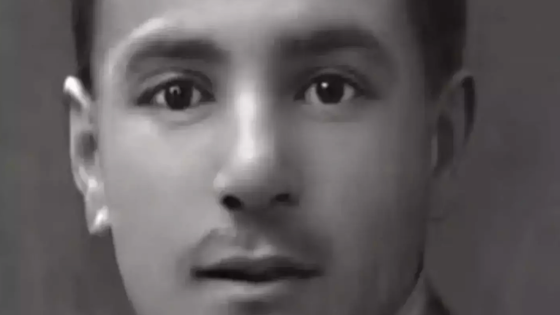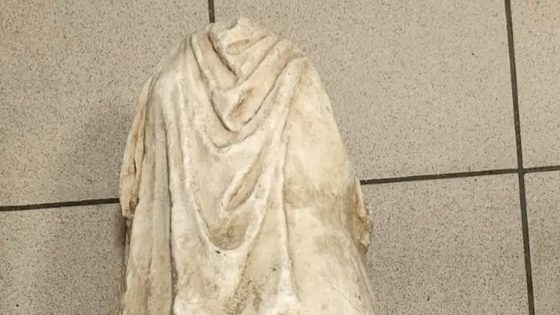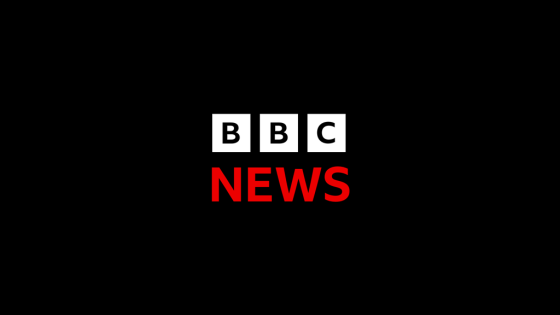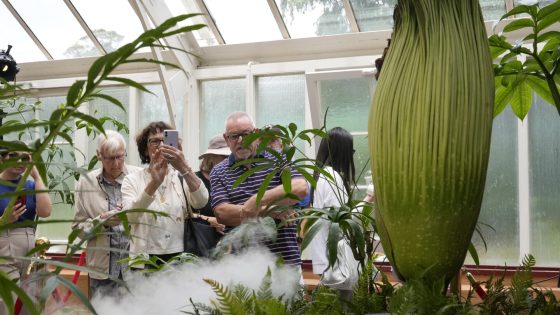In a significant advancement in the study of ancient texts, Oxford scholars have generated the first image of the inside of a charred scroll from Herculaneum, Italy. This breakthrough comes after students previously identified portions of a philosophical text from a scroll affected by the AD79 eruption of Mount Vesuvius, winning a $700,000 grand prize in the Vesuvius Challenge.
- Students won $700,000 Vesuvius Challenge prize
- Ancient scrolls found in Herculaneum, Italy
- AI and X-rays used for virtual unrolling
- Oxford scholars generated first scroll image
- Word "disgust" identified in philosophical text
- Significant advancements in imaging technology
The charred scrolls, discovered in a private library in Herculaneum, are believed to have belonged to Julius Caesar’s father-in-law. Until recently, these scrolls disintegrated upon unrolling, preventing any meaningful study. The students utilized advanced 3D X-ray technology and artificial intelligence to read the text virtually, achieving a breakthrough that had eluded scholars for centuries.
Key details of the recent discovery include:
- The scroll, designated PHerc. 172, was scanned using a particle accelerator at Diamond Light Source.
- Scholars are optimistic about recovering the entire text, with the word for “disgust” appearing twice in the initial findings.
- Oxford’s Bodleian Libraries house three of these scrolls, separate from those studied by the students.
The collaboration between computer scientists and scholars has led to enhanced imaging techniques that reveal previously unreadable text. Brent Seales, a co-founder of the Vesuvius Challenge, expressed excitement about the potential for further discoveries. The advancements in imaging and AI are transforming the field, allowing researchers to read scrolls that have remained sealed for nearly 2,000 years.
This recent achievement marks a pivotal moment in the field of ancient studies, as researchers gain new insights into texts that have remained hidden for centuries. The combination of technology and collaboration continues to pave the way for further discoveries in the realm of historical literature.



